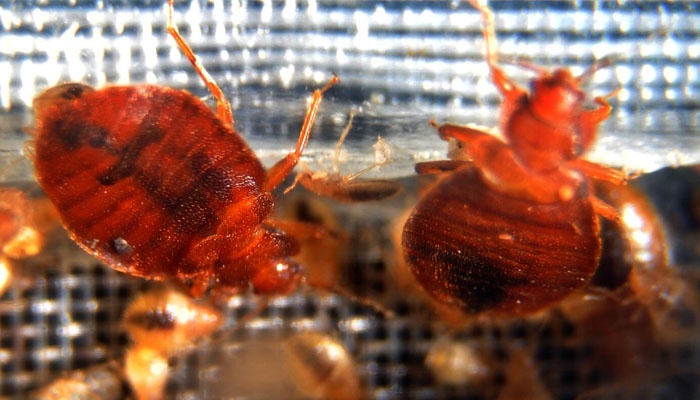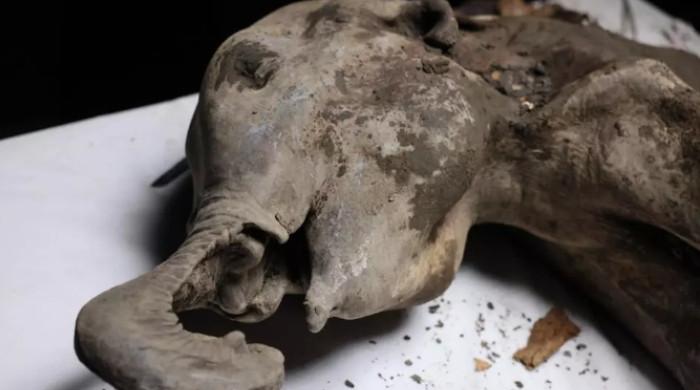Did Romans bring bedbugs to Britain?
Britons are facing disastrous bedbug crisis as researchers suggest that Romans may have hand in it
February 03, 2024

Roman influence can be seen in everything from public baths to plumbing in Britain's health as researchers studying the military site of Vindolanda in Northumberland, south of Hadrian's Wall, have discovered new proof that the former also introduced Britons to bedbugs.
Dr Andrew Birley, who heads the Vindolanda archaeological team, said: “It is incredibly rare to find them in any ancient context.”
Katie Wyse Jackson, 24, a student at University College Dublin (UCD), made the find while researching the excavated material for her master's thesis in archaeoentomology, which is the study of insects at ancient sites.
Concentrating on the lowest strata of Vindolanda, which spans approximately 100 AD, she discovered two thoraces that were probably derived from the common bedbug, Cimex lectularius, as it is known in Latin. They puncture human skin with needle-like mouthparts in order to draw blood, according to the Guardian.
“Finding this kind of thing helps humanise the people of the past,” said Wyse Jackson.
Noting that Pliny, the Roman philosopher, wrote of the medicinal value of bedbugs in the treatment of certain ailments, such as ear infections, she added: “People then had all sorts of notions of what insects could do.”
Among the experts on the team was Dr Stephen Davis, an environmental archaeology instructor at UCD. The Vindolanda ones would be "the earliest found in Britain so far," he added, adding that there is one other Roman site called Alcester in Warwickshire, England where these were previously identified.











